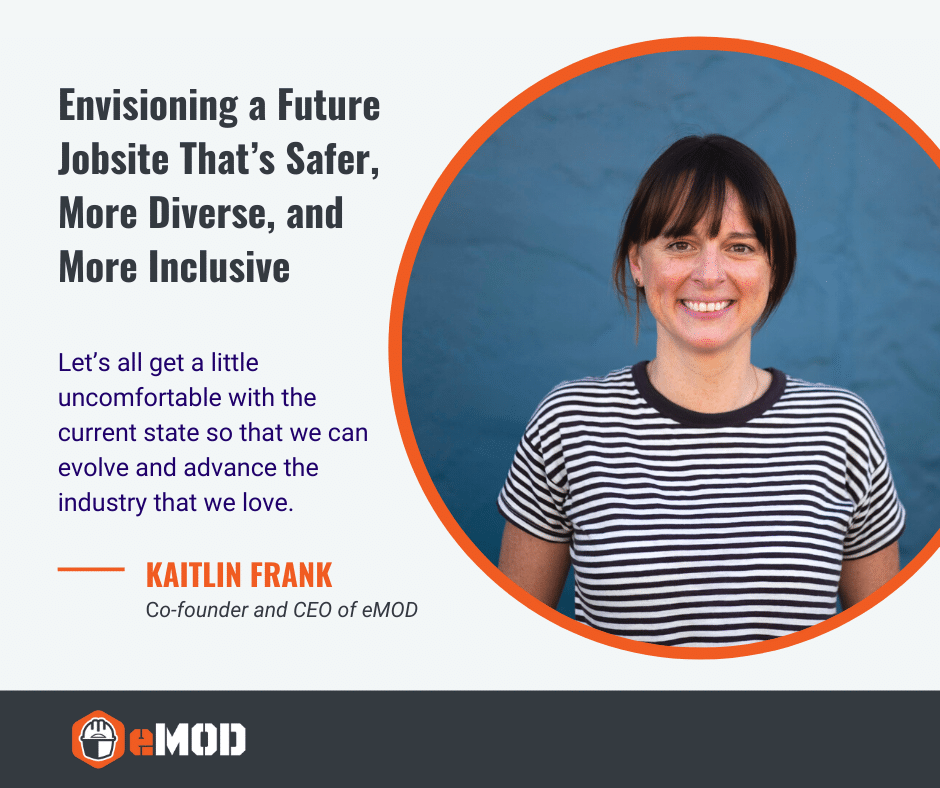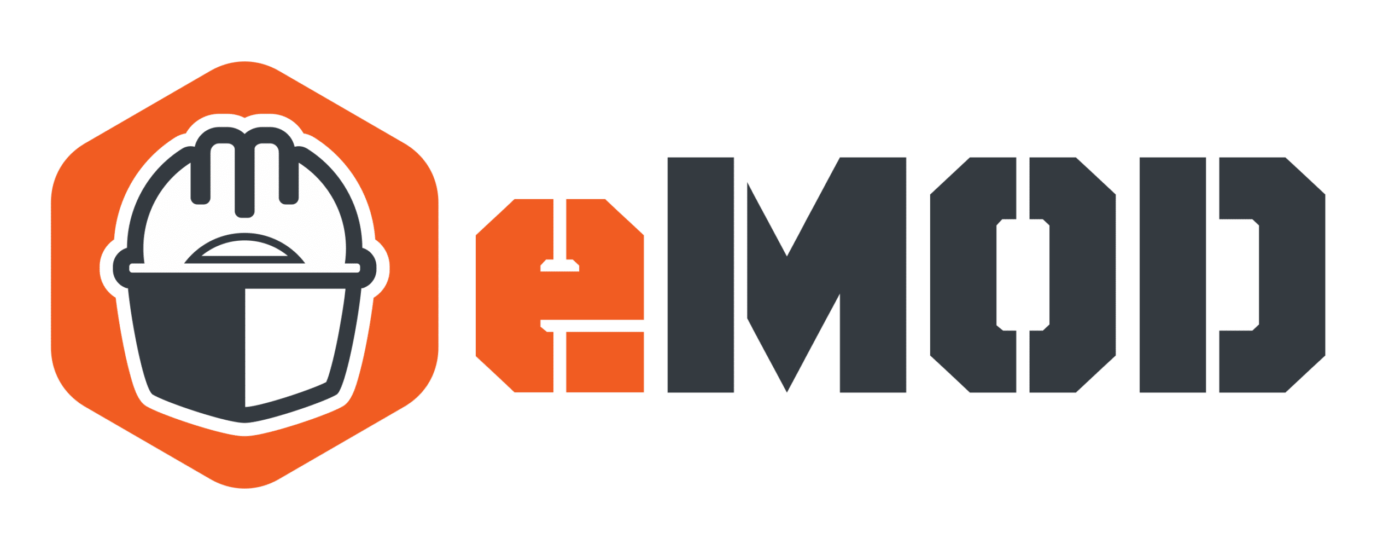
By Kaitlin Frank
Construction has the reputation of being an “old-school” industry, and deservedly so. We don’t like change. It’s easy, of course, to do nothing — to be comfortable with the status quo. Yet there is a hefty cost with this mindset. For me, the most important cost is our eroding safety on the jobsite.
Working in construction is one of the most dangerous professions in the world. As I step into a new role serving as the CEO of eMOD, I am committed to fulfilling our mission of sending our workers home safely every single day. To do so, we’re working hard to continuously improve the eMOD safety platform and extend its reach, helping our workers safely do what they do best: build.
However, tools and tech alone aren’t going to solve all of our safety challenges. We also need to be more diverse and inclusive.
My relationship with safety
I grew up in construction. My dad was a general contractor. He regularly took me to job sites — seeding a lifelong passion for building at a young age. He also took care to explain the hazards of the work, and how important it is to never cut corners and always prioritize safety.
While I trusted he was doing his best to always work safely, I still worried about him. One wrong step, a quick distraction, someone else’s mistake, or a freak accident could suddenly change my entire life. My family was lucky — my dad went to work every day and came home every day.
When I started working in construction, safety was always paramount. And as I advanced my career, my relationship with safety evolved from one of personal interest to one in which I became responsible for the lives and well-being of others.
As a superintendent, I was obligated to take great care of everyone who set foot on my jobsites — to ensure my team members had the training they needed, and to listen to and address any safety concerns.
However, perhaps because of my construction lineage, safety is more to me than just an obligation. It is about respect for life and the love of all people — and their families — regardless of any differences. Especially because of our differences.
To be safe, get comfortable being uncomfortable
“Strangely, life gets harder when you try to make it easy. Exercising might be hard, but never moving makes life harder. Uncomfortable conversations are hard, but avoiding every conflict is harder. Mastering your craft is hard, but having no skills is harder. Easy has a cost.” — James Clear, author of Atomic Habits
There’s a graphic I love that, though there are many variations, features three concentric circles. On the inside is typically the “comfort zone.” On the outside is the “danger zone” and in between is the “learning zone.”

The comfort zone isn’t safe. When we’re too relaxed or comfortable, we can lapse. We lose awareness. If we’re on the outside, we’re careless, hasty, and sloppy. In both the inside and the outside, that’s where danger lurks.
When we’re working in construction, we want to move into the middle, in the learning zone. That’s where our senses are engaged. It’s where our learning and development grow. It may not always be comfortable or easy. But as the quote above suggests, “easy has a cost.”
As the construction industry becomes more diverse and as we intentionally bring more diverse teams to our job sites, one way we can be in the learning zone is to understand inclusion.
Safety goes hand in hand with diversity & inclusion
I’ve always felt I belonged in construction — and specifically on the jobsite — despite being a woman. When my dad took me to jobsites as a child, it never really occurred to me that there were very few women. He never steered me to construction, nor away from it. He always told me, “You can do anything you want.”
Still, I am aware that bias exists and can hold diverse talent back. I’ve certainly witnessed “good ol’ boys” behavior and heard many disparaging and inappropriate comments. And, undeniably, I’ve been treated differently at times simply because I’m a woman. It reinforces for me that we have work to do.
I’ve come to realize that, although it’s sometimes uncomfortable being a woman in a male-dominated industry, this discomfort has helped me to become more aware, to increase my motivation and learning, and to commit myself to a better, safer future. Indeed, it has helped me sit in the learning zone.
Different genders bring different perspectives. Different perspectives help us challenge ourselves. By challenging ourselves, we enable an environment of sitting in the learning zone, a safer place to be. As this article from Harvard Business Review describes, the more diverse a culture, the more successful:
“By breaking up workplace homogeneity, you can allow your employees to become more aware of their own potential biases,” authors David Rock and Heidi Grant write, “entrenched ways of thinking that can otherwise blind them to key information and even lead them to make errors in decision-making processes.”
There’s little doubt in my mind that “errors in decision-making” on the jobsite lead directly to accidents and hazards. Therefore, if we can become more inclusive and diverse, our collective thinking and safety practices will improve — as will our overall safety.
To foster this diverse culture, we need to intentionally be more inclusive. We can bring in diverse talent, but if people do not feel as if they have a voice and can be themselves, we will not retain them. With the continued speed and demands of the construction industry, coupled with a decreasing number of people coming into the industry, we cannot be successful or safer in the future without embracing diversity and inclusion.
eMOD: A tool for understanding safety, while promoting learning
Since we started working on eMOD in 2018, we’ve been determined to deliver a tool that can help teams improve their safety processes. Ultimately, we want to make our dangerous jobs safer by increasing the awareness of hazards while offering tools to decrease the risk of those hazards.
eMOD isn’t designed to increase diversity and inclusion — as a digital tool, it sees no gender, no race, no social classes, nor sexual preferences. However, we’ve seen an undeniable correlation between safety and diversity, and inclusion when it comes to workplace culture.
At its core, eMOD is a job safety analytics product in construction. It naturally appeals to learners and is more likely to be embraced by learning cultures. A diverse and inclusive workforce is more naturally a learning culture. In a learning culture, we’re open-minded to improving upon what we did yesterday — to challenge our long-standing beliefs, and to change how we do our work if it means making it safer for our people.
We can always improve our safety. There are little things we can do that can incrementally improve how we do our work. However, bigger improvements require a bigger change in our mindset. We need to acknowledge that diversity and inclusion are problems in our industry. We need to want to be learners.
If we are open to change, we will improve. If we become more diverse and inclusive, we will increase our skilled labor. If we are open to changing the way we think about safety, our industry safety culture and rating will improve. And if we adopt new technology, we will improve at the rate we need to keep up with the growth.
It’s time to rise to the occasion
The first thing many people noticed about the recent announcement of my new role is that I am a woman in a leadership position within construction — one of the most male-dominated industries.
It’s understandable. However, the fact that my gender is what captures people’s attention illuminates our diversity and inclusion challenge. I don’t necessarily want to be known as the woman CEO. Yet, if that label helps shift our mindset toward a more diverse and inclusive industry, I’ll happily wear it. Sitting at the helm of eMOD is an incredible opportunity for me — not as a female leader, but as my authentic self — to help drive change.
I love construction — and I am passionate about safety, diversity, and inclusion. There’s no doubt in my mind that there’s a relationship between them. And I’m so excited to help contribute to meaningful change in the industry I’ve grown up in.
If we work together, we can help the construction industry leave behind the “old-school” reputation. So, let’s all get a little uncomfortable with the current state so that we can evolve and advance the industry that we love. Let’s discourage the status quo — and reject stereotypes and hurtful behavior. Let’s foster an industry-wide culture of learning and inclusion.
Most importantly, let’s strive to create a future jobsite that’s safer, more diverse, and more inclusive than it’s ever been.

